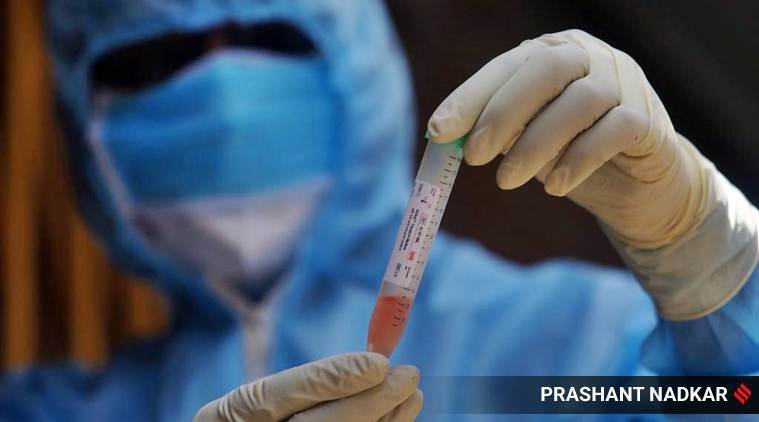
The Indian Express
A sobering comparison
India’s Covid trajectory should be measured against that of its neighbours.
by Deepankar BasuA comparison of India’s situation with its neighbours is much more meaningful than the comparisons regularly put out by the Indian Ministry of Health and Family Welfare, where India is almost always compared to countries in North America or Europe. It is well known that the progression of the COVID-19 pandemic has varied enormously across countries. While there are no conclusive explanations for this variation yet, age-structure, genetic make-up, universal BCG vaccination, and climate might play important roles. In all these respects, India is similar to its neighbours in South Asia. Hence, a meaningful comparison of India with its largest neighbours — Bangladesh, Pakistan and Sri Lanka — is a much better way to understand the spread of the pandemic and assess the effectiveness of responses to contain it.
The pandemic came to south Asian countries at very different times. Sri Lanka was the first to report a COVID-19 case, on January 27. The first case was reported within three days in India, on January 30. Pakistan reported its first case on February 26, and Bangladesh on March 8.
The progression of COVID-19 has varied across these four nation-states. Hence, from today’s vantage point, the duration of the pandemic varies in these countries. To assess the pandemic at the same stage of its life cycle, we will identify its beginning in a country on the date total number of cases crossed 50 for the first time. Using this method, we see that, on May 24, Bangladesh, India, Pakistan and Sri Lanka were 54, 75, 69 and 66 days into the pandemic. To make our data comparable, we will, therefore, take the 54th day of the pandemic in the four countries as the point of comparison.
A first indicator to understand the spread of the pandemic is the total number of reported cases. On the day 54 of the pandemic, the total number of reported cases were 39,980 in India, 32,078 in Bangladesh, 27,474 in Pakistan and 869 in Sri Lanka. These countries are very different in terms of population size. If we look at the total number of reported cases per million population on the 54th day of the pandemic, we get quite a different picture. Bangladesh has 195, Pakistan has 124, Sri Lanka has 41 and India has 29 cases per million population.
One of the most direct impacts of the pandemic can be measured in terms of lives lost. Dividing the total number of reported deaths by the total number of reported cases, we get what epidemiologists call the case fatality rate. On the 54th day, the case fatality rate was highest in India, at 3.25 per cent, and lowest in Sri Lanka at 1.04 per cent. Pakistan and Bangladesh fell in between, with 2.25 per cent and 1.41 per cent respectively.
In terms of total cases per million population, India has done better than most of its neighbouring countries — especially during the early phase of the COVID-19 pandemic. When we look at the impact of the pandemic in terms of direct deaths, the picture is completely reversed. India has lagged behind its neighbours in reducing the fatal impact of the pandemic on the lives of its citizens.
India, and more so Sri Lanka, have ramped up COVID-19 testing to adequate levels. This is suggested by the fact that the test-positive rate, that is, the number of positive cases per 100 persons tested, has been low and stable over the past several weeks — at around 2 per cent for Sri Lanka and 4 per cent for India. The situation in Bangladesh and Pakistan vis-a-vis COVID-19 testing is very different. Not only do these countries have much higher test positive rates, at over 10 per cent, but it has been increasing over the past weeks. Thus, Bangladesh and Pakistan have yet to reach adequate testing levels.
This has an important implication regarding the relative magnitudes of case fatality rates across these countries. Since Bangladesh and Pakistan are not testing at adequate levels, many positive cases are not being reported in these two countries. If they had been reported, the case fatality rates would have been even lower than what we now see. Hence, the “true” gap of Bangladesh and Pakistan vis-a-vis India, concerning the case fatality rate, is higher than currently reported.
The daily press briefings of the health ministry paint rosy pictures of the situation in India only because of the largely meaningless comparisons with European and North American countries. Looking at our neighbours will have a much-needed sobering effect.
Basu is associate professor, department of economics, University of Massachusetts Amherst. Srivastava is associate professor, department of history, University of Massachusetts Amherst